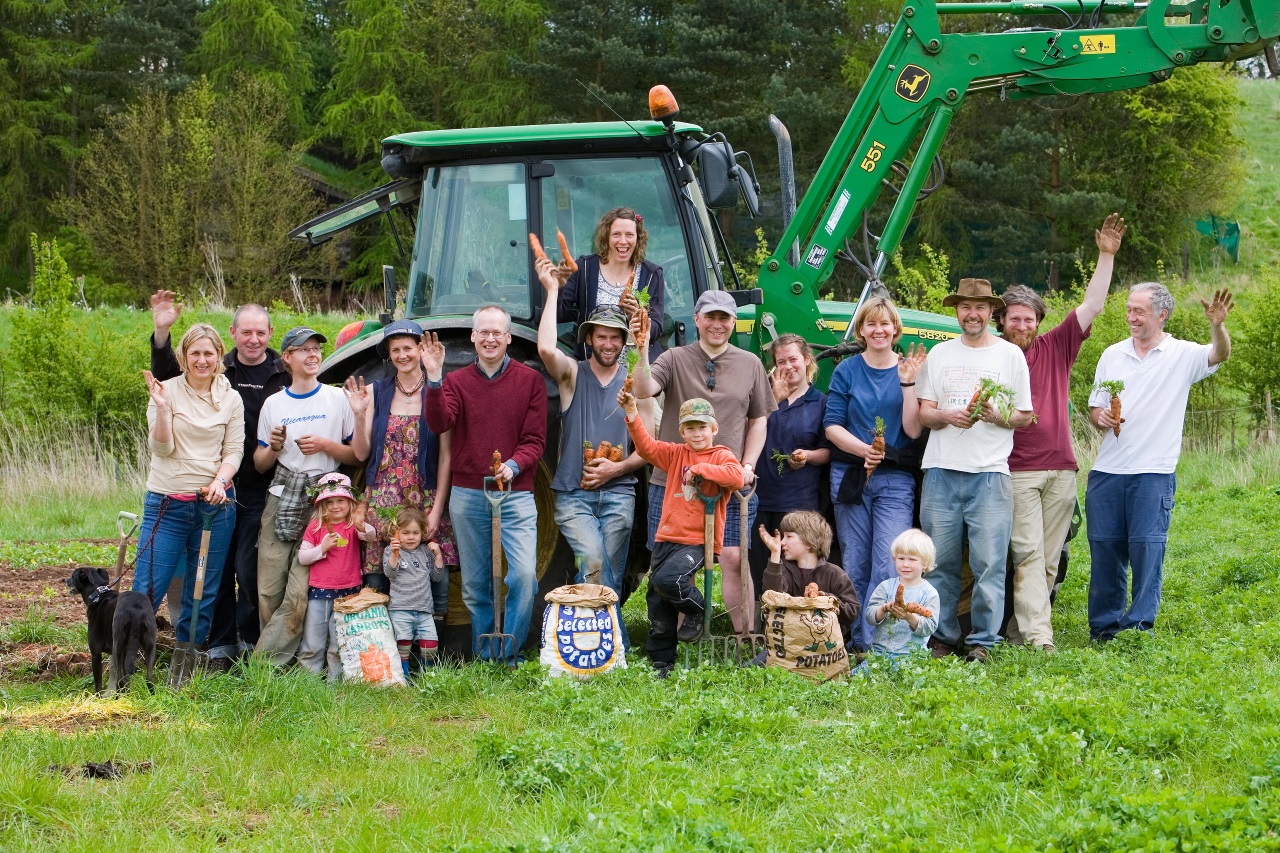Community sponsored agriculture (CSA) is a form of agriculture that enables consumers to buy seasonal food directly from their local farmers. It is therefore a win-win situation for both the consumer and the farmer. CSA is a term that has been widely used in the USA and Canada over the last 25 years, although different variants of the same model are actually practiced all over the globe.
How CSAs Work
A CSA typically has subscribers (members) who invest by buying a share of the upcoming harvest season’s crops. These shares are bought at the planting stage. Upon harvesting, the members are then given their produce periodically. In some cases, value addition is done to maximize the profits and the members benefit from secondary products like honey, fruit, dairy products, and meat.
The main focus of a CSA is to produce the best quality produce for the local community by use of biodynamic and organic farming methods which is risk-reduced through shared production and marketing. It’s an impressive form of farming since it involves the consumer at all stages of production, which is shown to greatly improve the quality of produce churned out. The rationale is that the more the farmer is assured of 100% support in the production process, the more he focuses on producing quality output. A less-stressed farmer is a more productive farmer :)
Advantages of Community Sponsored Agriculture
This arrangement comes with quite a number of advantages to both the farmer and the consumer. To begin with, farmers have a unique opportunity to market their produce to an eager audience long before they get too busy in the planting season. Secondly, farmers do not have to wait until the harvest season to get money. They will have a steady cash flow all through the production cycle. Farmers also get to interact first-hand with the people that consume their produce which means they can get invaluable feedback and suggestions.
Consumers also get a unique chance to foster meaningful relationships with farmers, which helps them know how the food they’re eating is grown, and the different ways of preparing it. Being part of the production process also helps the consumers ascertain the quality of food produced, which enhances health and wellbeing of the entire community.
Distribution and Marketing
In a bid to market their shares and farms more effectively, CSAs employ a number of marketing tactics. For starters, different marketing channels are harnessed to maximize subscriptions. These include markets, local farms, restaurants, wholesaling to natural food stores, farm gate sales, etc. Shares are typically distributed on a weekly basis through regional drop-offs, home or office drop-offs, or community centers and churches. In the event of excess food production, the surplus food is often given to food banks for use in the event of a rainy day.
Community sponsored agriculture is a very simple idea and yet it has a profound impact on society. It therefore comes as no surprise that it’s becoming increasingly popular not only in the USA and Canada but also all over the world ... albeit in different variations. Tens of thousands of families have subscribed to CSAs and in some cases, the demand exceeds the supply. This could well be the new model of farming that will revolutionize agriculture globally. At least we can hope!
